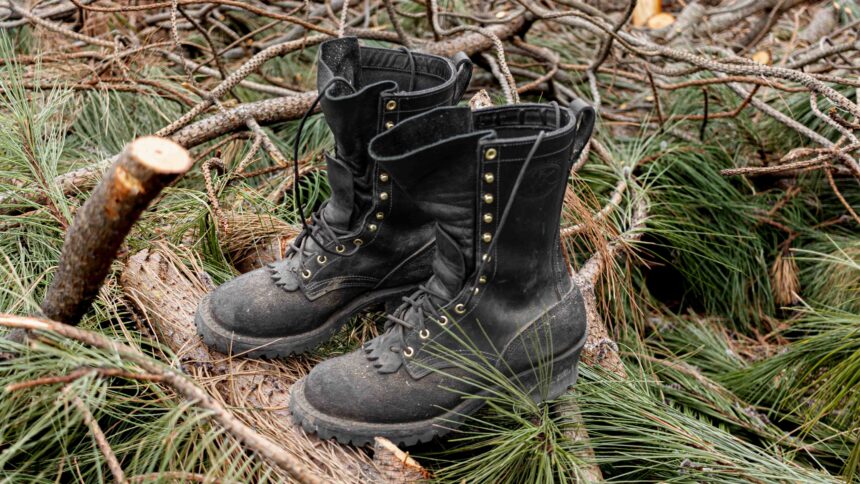Steel-capped boots are essential for many jobs, offering critical protection for your feet. However, as durable as they are, these boots can be tough to break in and uncomfortable to wear when they’re brand new.
The stiff material, combined with the reinforced toe cap, means you’ll need to invest time and care to ensure they provide the comfort and support you need throughout long workdays. Here’s how to break in your steel cap boots for maximum comfort while keeping your feet safe and protected.
Start with the Right Size
Before breaking in your boots, ensure you have the right size. Steel cap boots can feel a little stiff at first, but they shouldn’t pinch, rub excessively, or leave too much room inside. If you buy boots that are too tight or too loose, no amount of breaking in will make them comfortable. Try them on with the socks you plan to wear for work and walk around the store to check the fit.
Wear Them Gradually
Instead of immediately wearing your new boots for a full day on the job, break them in gradually. Wear them around the house for short periods, starting with 30 minutes to an hour. Increase the wear time slowly over several days or weeks. This allows the boots to mold to your feet and prevents blisters or soreness that could come from prolonged wear when they’re still stiff.
Use Thick or Double Socks
During the break-in period, wearing thick socks or even two pairs of socks can help cushion your feet and protect them from friction. The extra padding reduces the chance of developing blisters and helps your boots loosen up more gently. Some workers also recommend investing in moisture-wicking socks to keep your feet dry and comfortable during the process.
Condition and Soften the Leather
If your steel cap boots are made of leather, you can soften the material to make breaking them in easier. Use a leather conditioner or oil specifically designed for boots. Apply the conditioner according to the product instructions, and this will help soften the leather and make it more flexible. You can also try gently massaging the leather with your hands to loosen it up before wearing the boots.
Try the Freezer Trick
An effective method for stretching boots is the freezer trick. Fill two plastic bags with water, making sure they’re sealed tightly, and place them inside your boots. Then, put the boots in the freezer overnight. As the water freezes, it expands, gently stretching the boots. This trick can help make the boots more comfortable by giving you a little extra room where needed.
Use a Boot Stretcher
For stubborn boots that won’t loosen up with wear alone, you might want to invest in a boot stretcher. This tool can be placed inside your boots to apply constant, gentle pressure to stretch the leather. Some boot stretchers are adjustable, allowing you to target specific areas that feel too tight, like the toe box or the heel.
Protect Pressure Points
During the break-in process, certain areas of your boots might cause discomfort, such as around the steel toe cap or at the heel. Apply moleskin or padding to these pressure points on your feet to protect them from rubbing and blisters. If you already have sore spots, use blister pads or bandages to cushion those areas.
Regular Maintenance
Regular maintenance is key to ensuring your boots remain comfortable even after they are broken in. Keep the leather conditioned to prevent it from drying out and stiffening, and always clean your boots after exposure to dirt, chemicals, or water. Well-maintained boots last longer and continue to mold to the shape of your feet over time, providing better comfort and support.
Final Thoughts
Breaking in steel cap boots may take time and patience, but it’s essential for your comfort and safety. By wearing them gradually, using proper socks, softening the leather, and protecting pressure points, you’ll ensure your boots become a reliable and comfortable part of your work gear. Once broken in, they’ll offer the perfect blend of protection and comfort for long days on the job.






